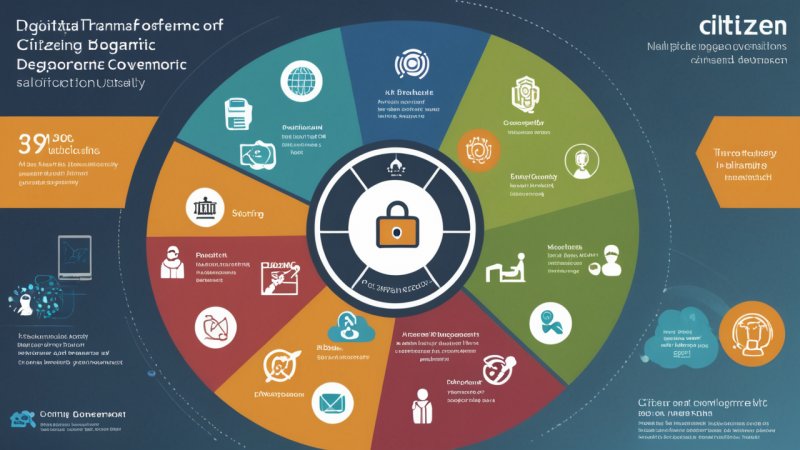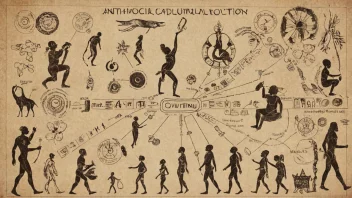Introduction
The digital age has ushered in a transformative wave across various sectors, and public governance is no exception. As governments increasingly adopt digital tools and technologies, they are redefining how they interact with citizens, manage resources, and deliver services. In this article, we explore the top five impacts of digital transformation on public governance, highlighting key trends and innovations that are shaping the future of government operations.
1. Enhanced Citizen Engagement
Digital transformation enables governments to foster stronger connections with citizens through various online platforms.
- Social Media: Governments are using social media channels to communicate directly with the public, gather feedback, and address concerns in real time.
- Online Surveys: Digital tools allow for easy collection of public opinion, making it simpler for citizens to voice their thoughts on policies and initiatives.
- Interactive Websites: User-friendly government websites provide essential information and services, encouraging more citizens to engage with their local governments.
2. Improved Service Delivery
Digital tools streamline government services, making them more efficient and accessible for citizens.
- e-Government Services: Many government services are now available online, from tax filing to permit applications, reducing wait times and bureaucratic hurdles.
- Mobile Applications: Governments are developing apps that allow citizens to access services and information on the go, increasing convenience and satisfaction.
- Chatbots: AI-driven chatbots are being used to answer citizen inquiries 24/7, providing immediate assistance and freeing up human resources for more complex tasks.
3. Data-Driven Decision Making
The use of big data and analytics in public governance is transforming how decisions are made.
- Predictive Analytics: Governments can analyze data trends to predict future needs and allocate resources more effectively.
- Transparency: Open data initiatives allow citizens to access government data, promoting accountability and informed decision-making.
- Performance Metrics: Data-driven approaches enable governments to measure the effectiveness of their programs and policies, leading to continuous improvement.
4. Enhanced Collaboration
Digital transformation fosters collaboration among government agencies and between the public and private sectors.
- Interagency Platforms: Digital tools facilitate communication and collaboration among different government entities, breaking down silos and improving efficiency.
- Public-Private Partnerships: Technology companies are partnering with governments to innovate and enhance service delivery, leveraging expertise from both sectors.
- Crowdsourcing Ideas: Governments are increasingly seeking input from citizens and organizations to co-create solutions to complex challenges.
5. Increased Security and Resilience
As governments embrace digital technologies, they are also prioritizing security and resilience in their operations.
- Cybersecurity Measures: Governments are investing in robust cybersecurity frameworks to protect sensitive data and maintain public trust.
- Disaster Recovery Plans: Digital tools enable governments to develop and implement effective disaster recovery strategies, ensuring continuity of services during crises.
- Resilience Training: Training programs are being established to equip public officials with the skills needed to navigate the digital landscape securely.
Conclusion
Digital transformation is significantly impacting public governance, enhancing citizen engagement, improving service delivery, enabling data-driven decision-making, fostering collaboration, and increasing security and resilience. As governments continue to adapt to the digital age, the potential for innovation and improvement in public services is immense. Embracing these changes not only benefits government operations but also strengthens the relationship between citizens and their governments, paving the way for a more transparent and effective governance model.






